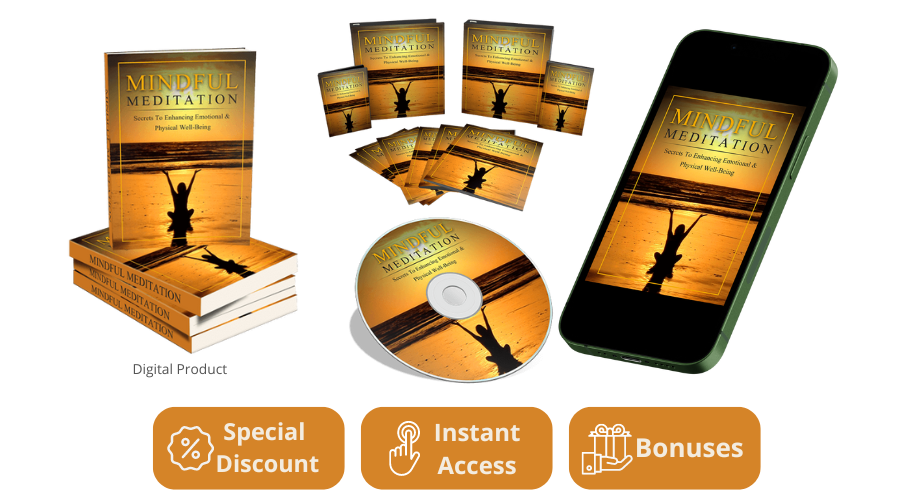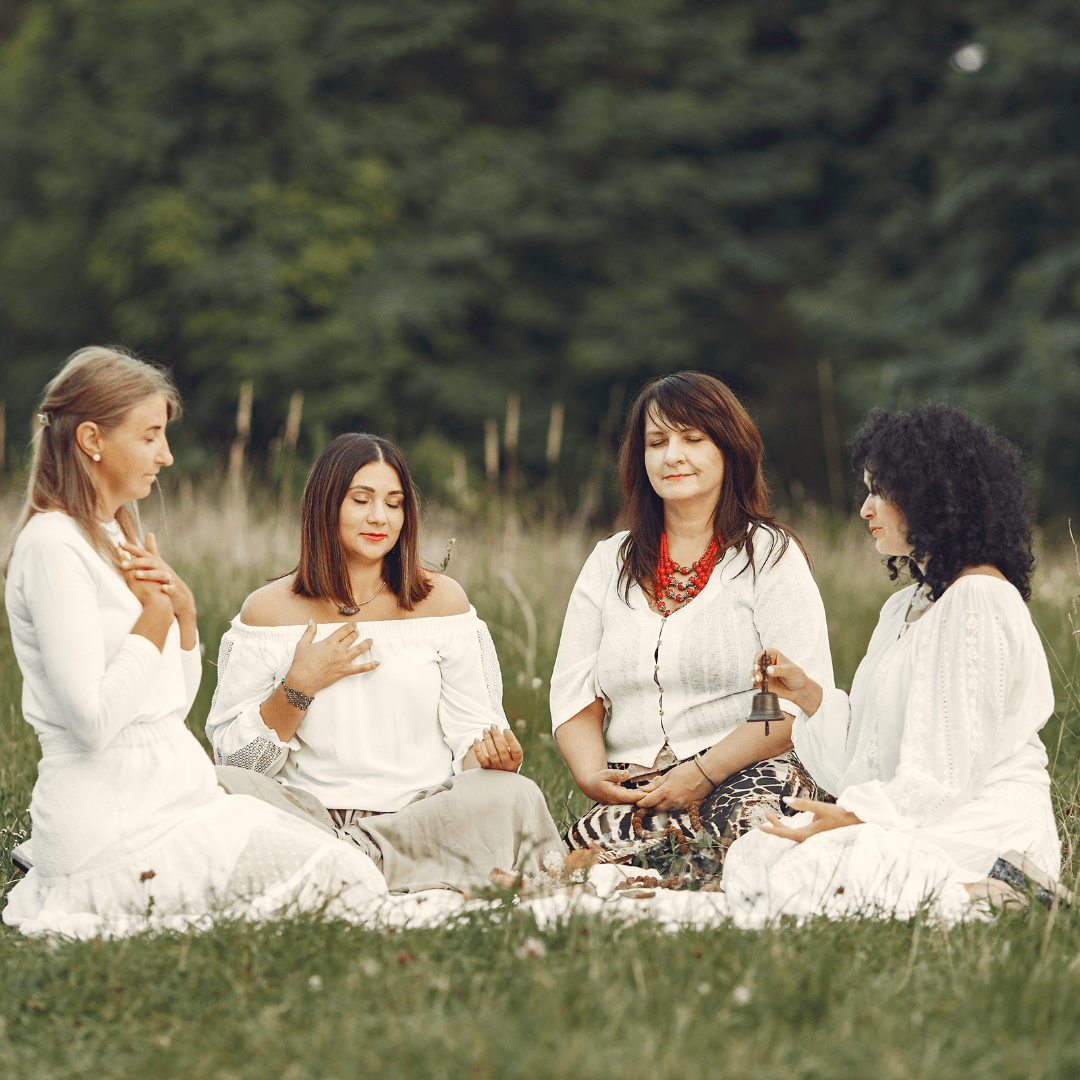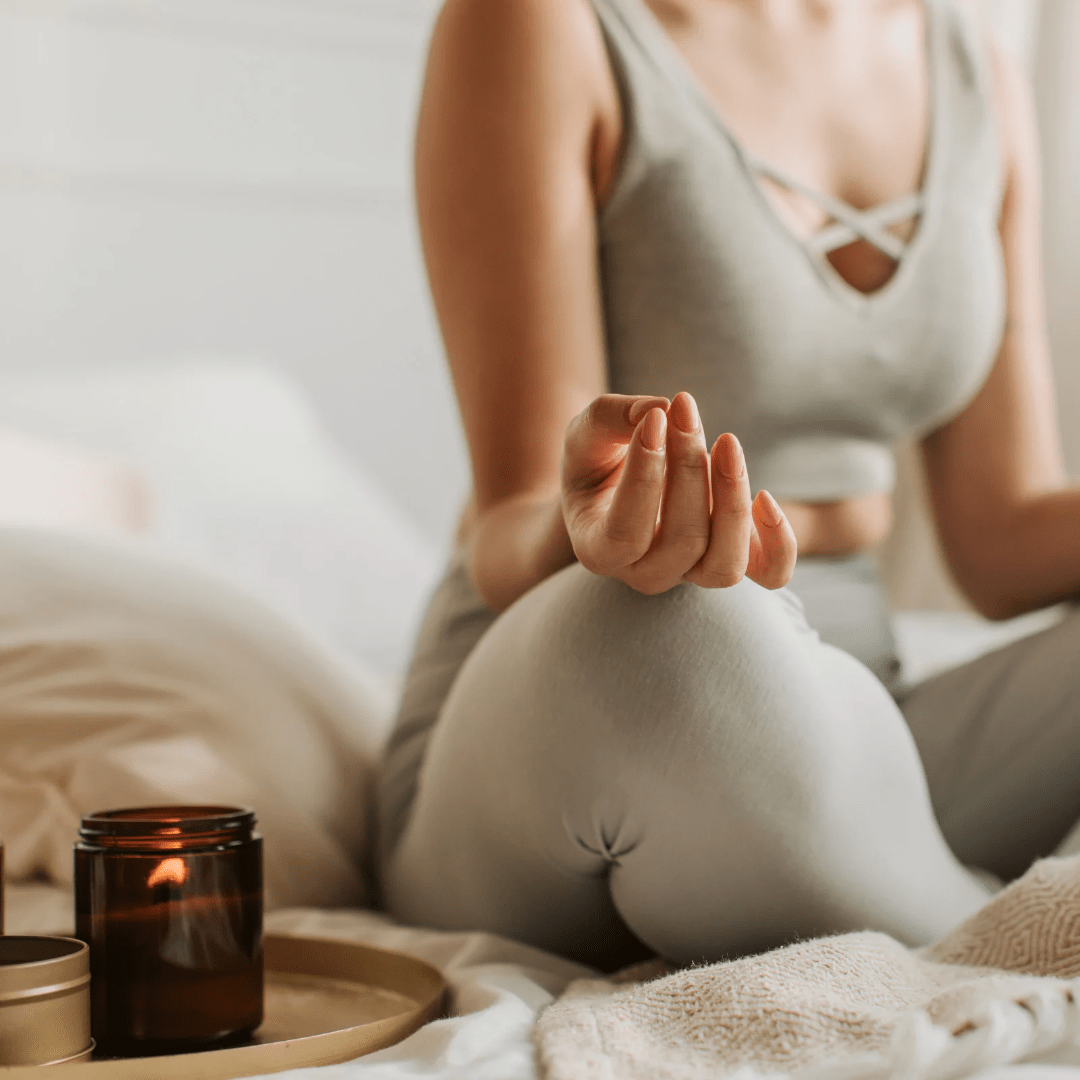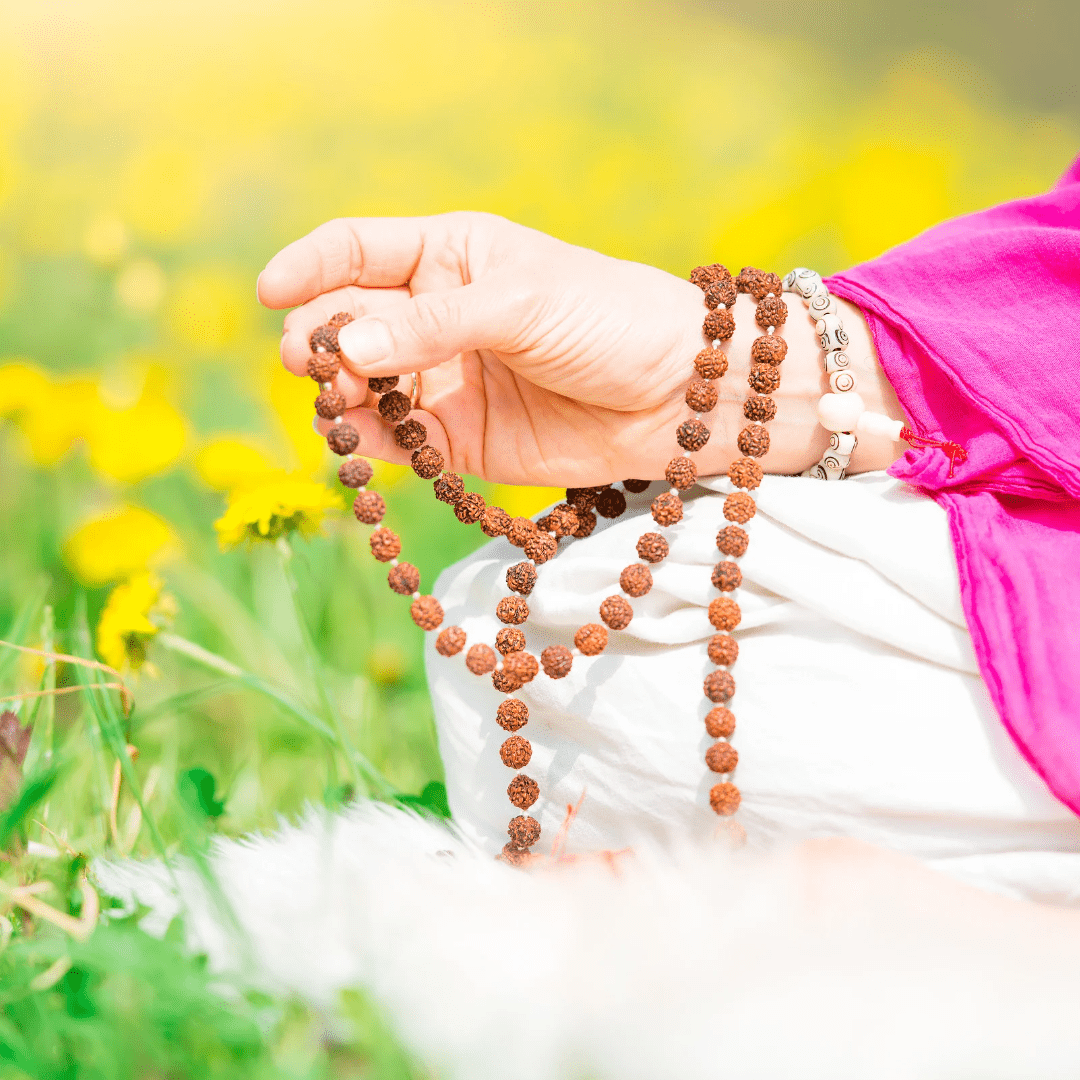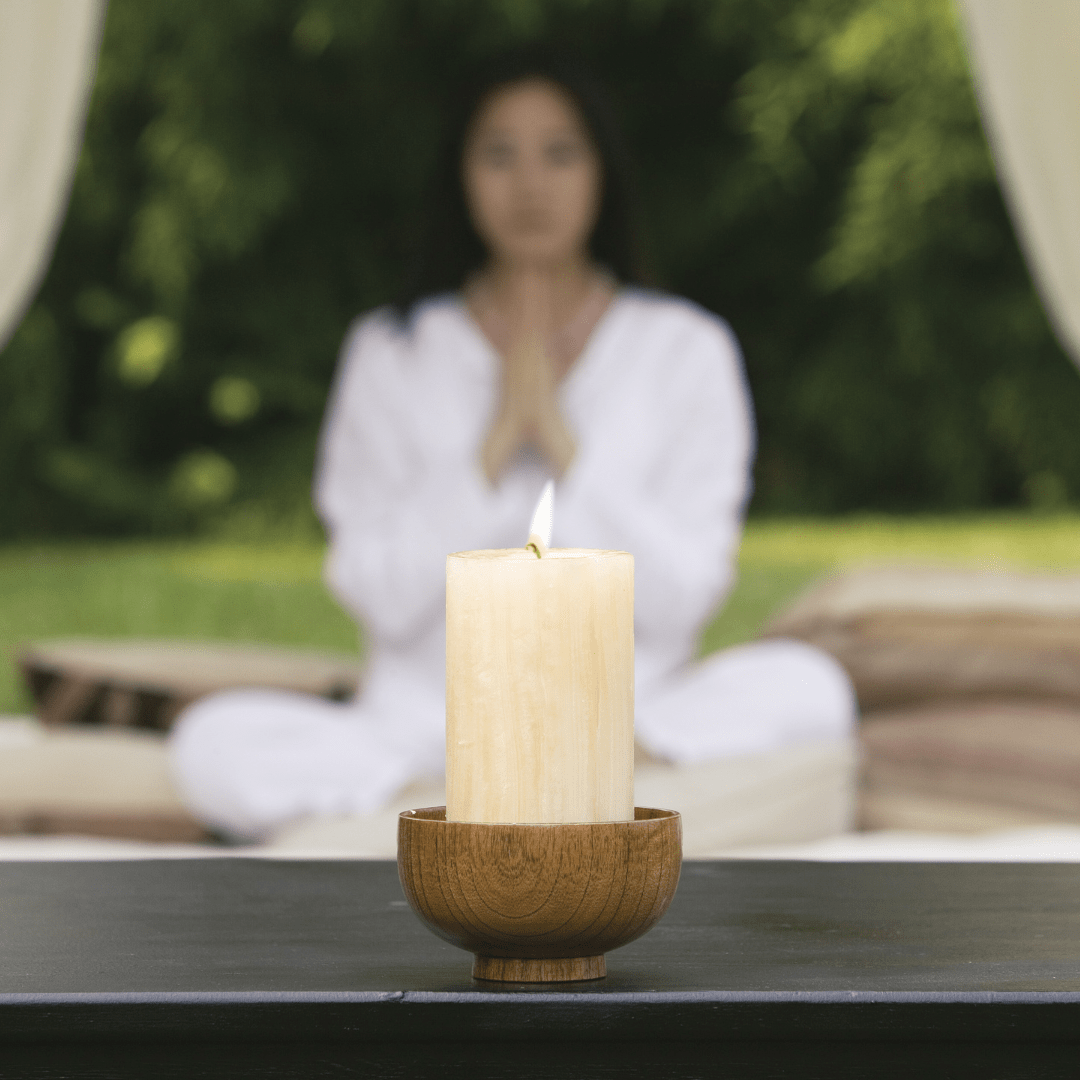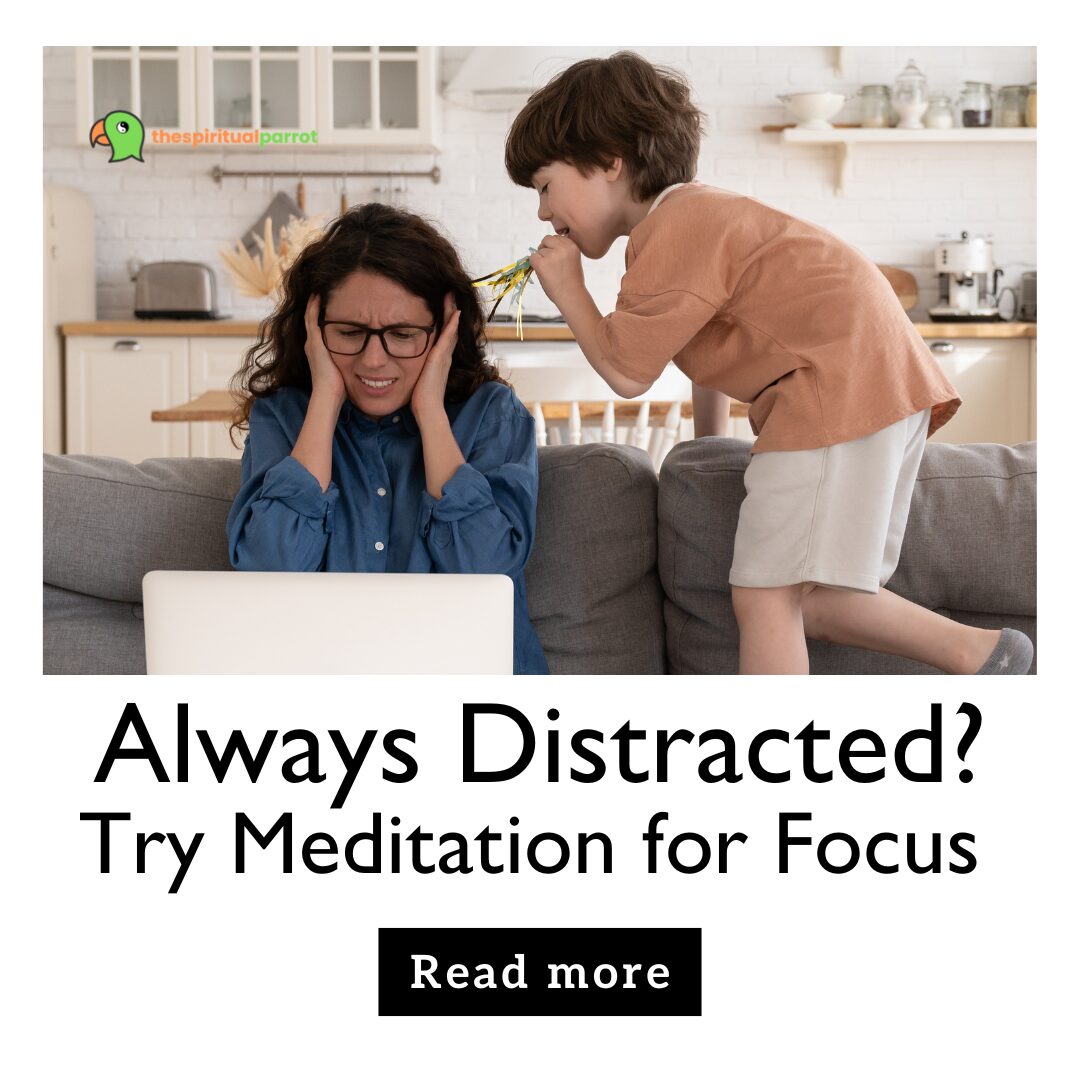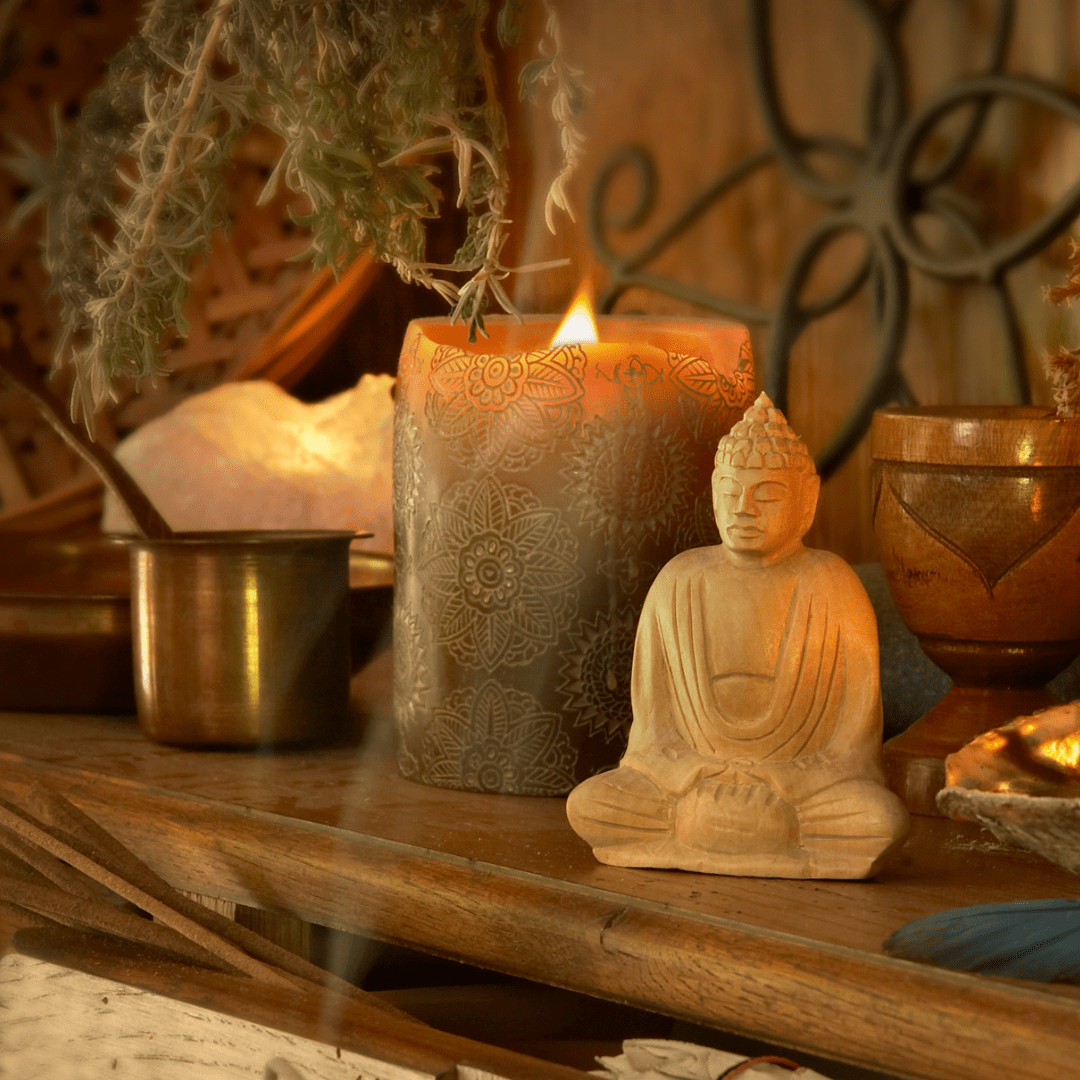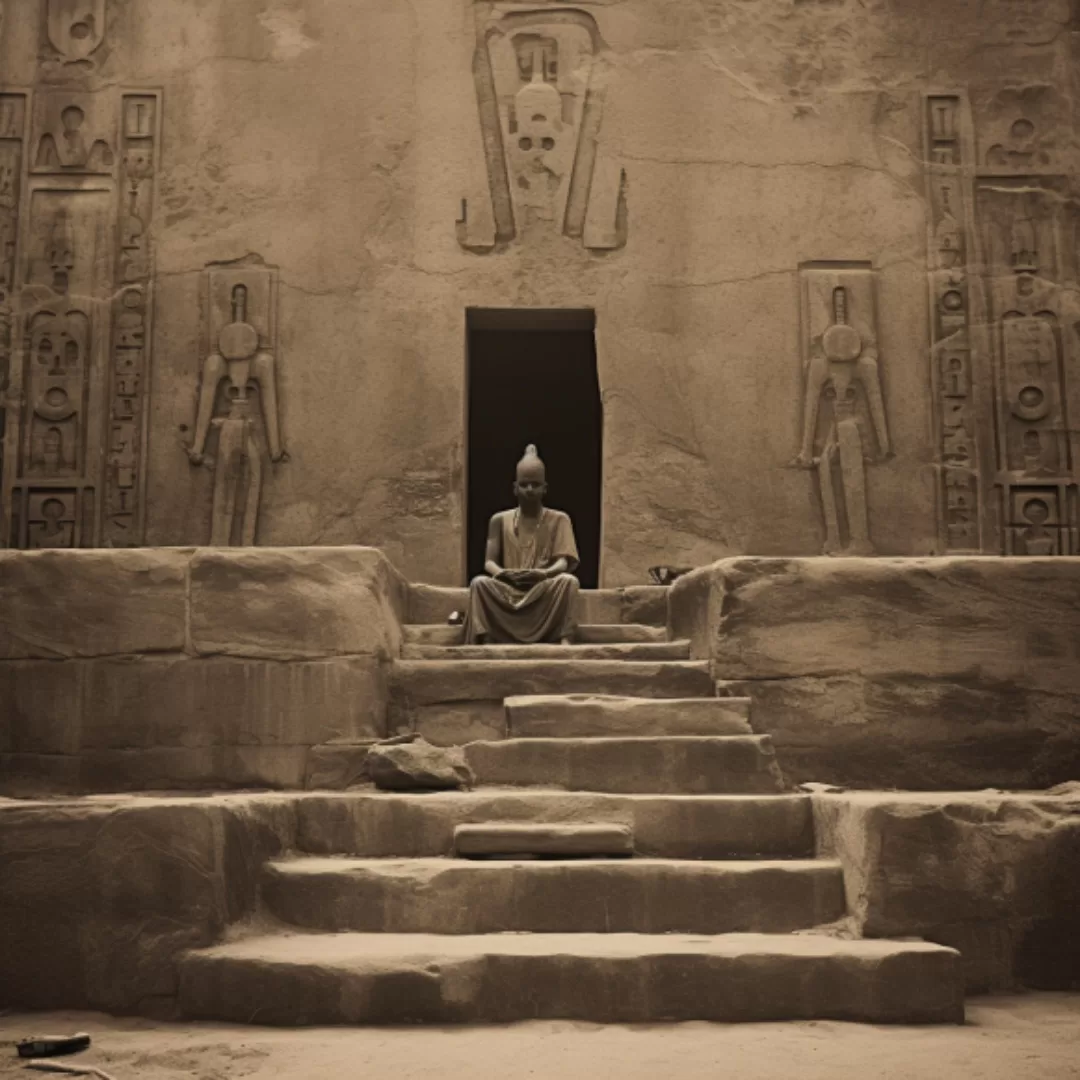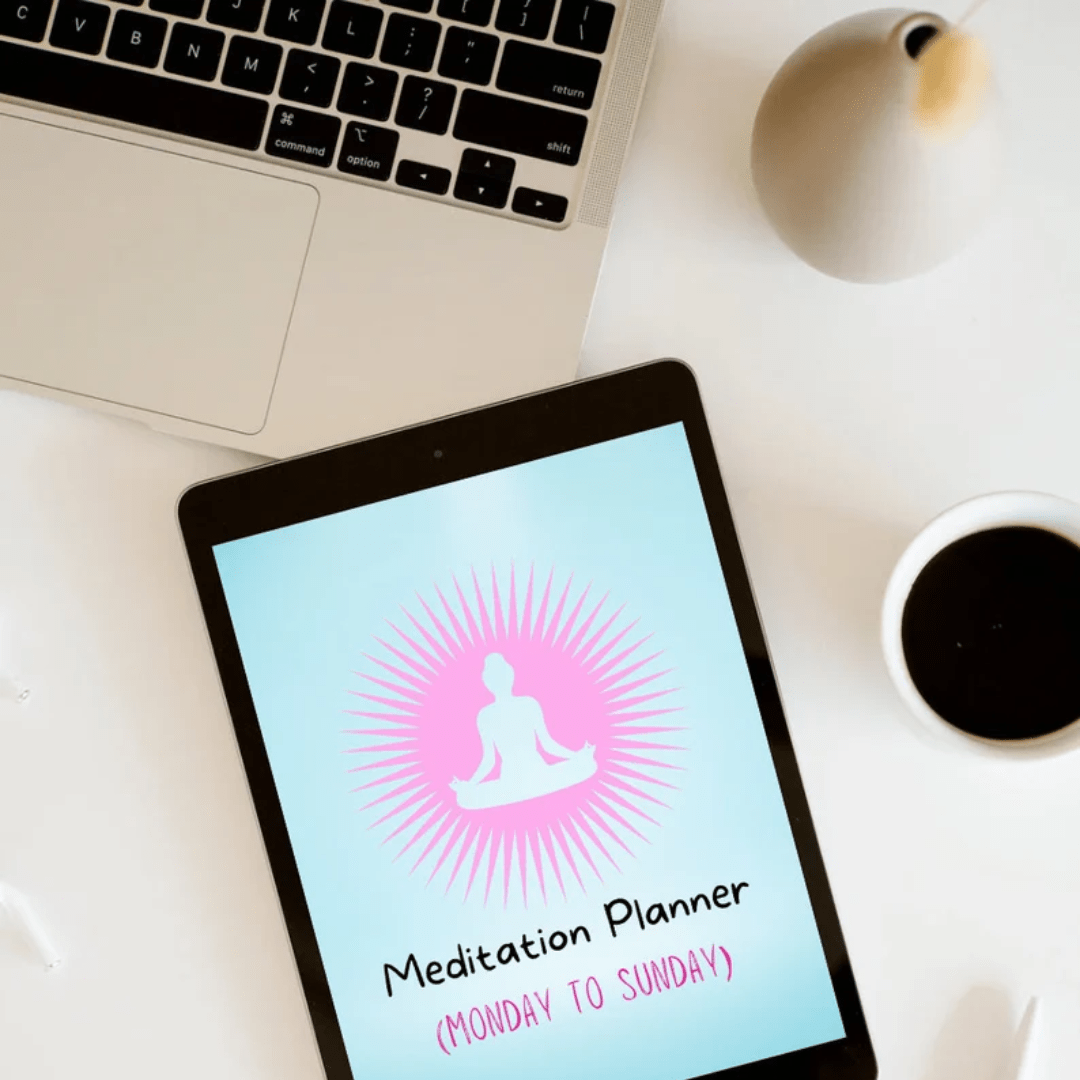If you’ve just started meditating, you’ll know it’s not as simple as sitting cross-legged and closing your eyes. The way you sit, the way your body is held, all of that changes the practice. That’s why people talk about the best meditation poses for beginners — because the pose is often the thing that keeps you steady and stops you from getting distracted halfway through.
Why Meditation Poses Matters for Beginners
Think of posture as the foundation of a house. If it wobbles, everything above it wobbles too. Meditation works the same way.
- Comfort matters. If you’re straining, your mind won’t settle.
- Alignment helps. A spine that’s upright but not stiff lets the breath flow easier.
- Breath follows posture. Slumped over, you breathe shallow; sitting tall, you breathe better.
- And fewer distractions. A body that feels grounded gives your mind less reason to run off.
For newcomers, the difference between sitting well and sitting in discomfort can mean meditation feels inviting… or unbearable. That’s where simple meditation poses for beginners really help.
What This Guide Offers
This isn’t about forcing your legs into a full lotus. It’s about finding meditation poses for beginners that actually work for your body. Here’s what you’ll see:
- Steps you can follow without confusion.
- Mistakes you’ll want to avoid (like slouching or locking your knees).
- Tips for stiff hips or tight backs — because you don’t need to be flexible to meditate.
- Answers to the little questions, like “How long do I sit?” or “What if I can’t keep still?”
By the time you finish, you won’t be worrying about how to sit. You’ll have a few reliable poses, and you’ll be ready to focus on what really matters — the practice itself.
Why Proper Meditation Poses for Beginners Matter
Deciding to meditate is one thing. Actually sitting down and finding a position that feels right is another. Many beginners underestimate how much the body influences the mind. If your back aches or your legs go numb, the session becomes a fight instead of a practice. That’s why understanding proper meditation poses for beginners isn’t just helpful—it’s essential.
Posture and Alignment
People often joke, “It’s just sitting, how hard can it be?” But sitting in a way that supports meditation is very different from slumping into a chair. A neutral spine lets the breath move easily. Balanced weight keeps tension from building in your hips or shoulders. And when the body feels steady, the mind has a better chance of settling down too. Small shifts—adding a cushion, sitting a little taller—can change everything. The best meditation poses for beginners are the ones that create stability without forcing the body into pain.
Breath and Focus
Breath connects body and mind, and your posture sets the tone for how that breath flows. Sit slouched, and the breathing turns shallow. Sit with openness, and the lungs expand naturally. Deep, steady breaths calm the nervous system and help focus come more easily. For beginners, noticing this link is a powerful first lesson: the right pose shapes the breath, and the breath shapes the mind. That’s why so much emphasis is placed on meditation poses for beginners—they aren’t just about comfort, they’re about creating the conditions where mindfulness can actually take root.
5 Beginner Meditation Poses You Must Know
You already know posture makes a huge difference. Now it’s time to try it out in practice. The good thing is there isn’t one perfect way to sit. Every body is built differently, so it’s worth testing a few meditation poses for beginners and noticing which one feels steady, simple, and natural for you.
The Lotus Pose
This is the pose most people picture when they think of meditation. Sitting cross-legged, both feet placed on the opposite thighs, hands resting on the knees.
- Keeps the spine upright and aligned
- Helps you focus and breathe more deeply
It’s iconic, but also tough for tight hips and knees. Some people swear by it, others can’t stand it. Try it once and decide for yourself.
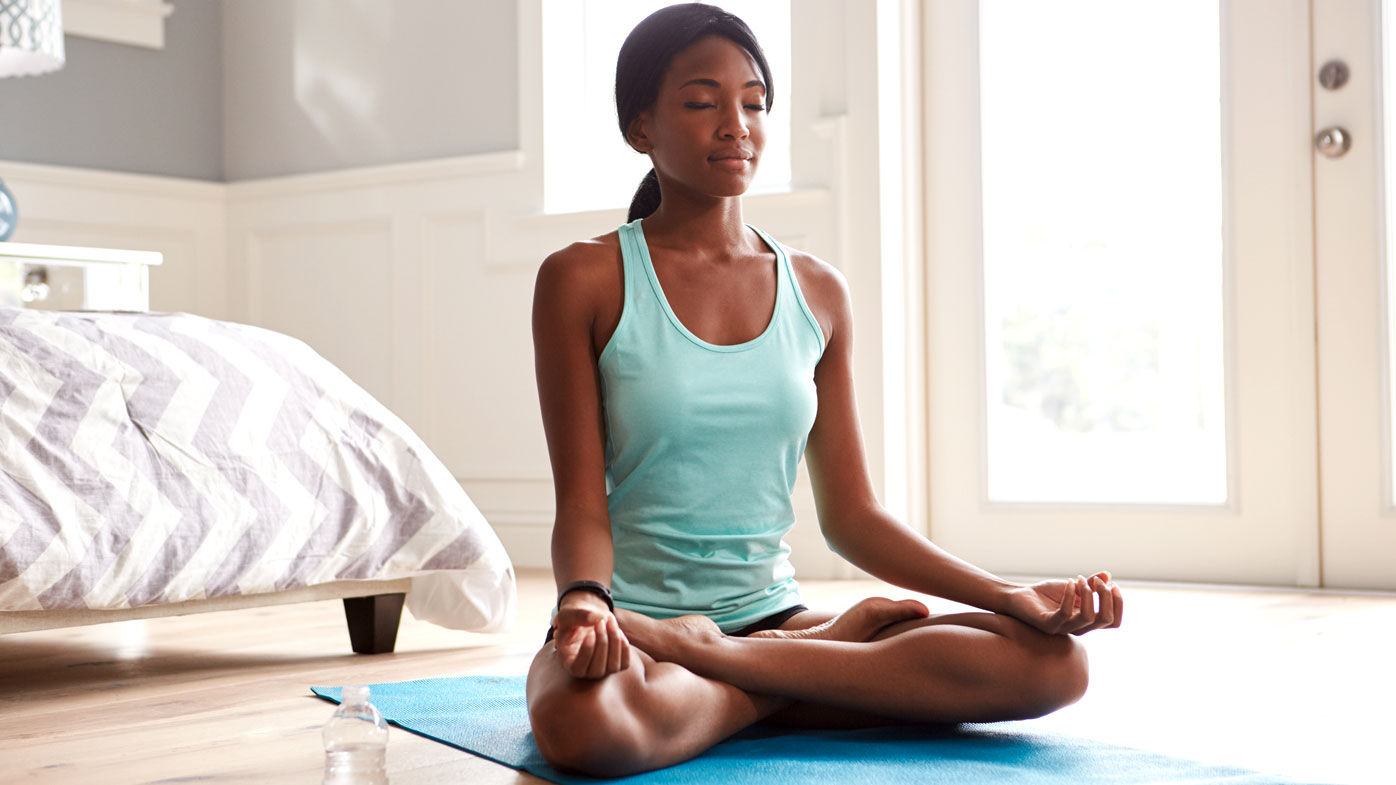
The Half-Lotus Pose
A softer take on lotus. One foot rests on the opposite thigh, the other tucked underneath.
- Kinder on the hips and knees
- Still supports good posture
- A nice step before attempting the full lotus
This is one of the more forgiving meditation poses for beginners, giving you balance without forcing the body too far.

The Seiza Pose
Not a fan of crossing your legs? Seiza might work better. It’s the Japanese kneeling style — legs folded underneath, sitting back on the heels.
- Naturally straightens the back
- Reduces hip strain
- Works well with a cushion or bench
It feels formal but grounding. Many beginners prefer Seiza because it’s easier to hold than lotus-style positions.

The Chair Pose
Yes, a plain chair can be used for meditation. Sit with feet flat on the ground, back upright, and hands relaxed on your lap.
Ideal for back or knee issues
Comfortable for longer sessions
Can be done anywhere, even at work
This shows that meditation poses for beginners don’t have to be complicated. Comfort matters more than looking a certain way.
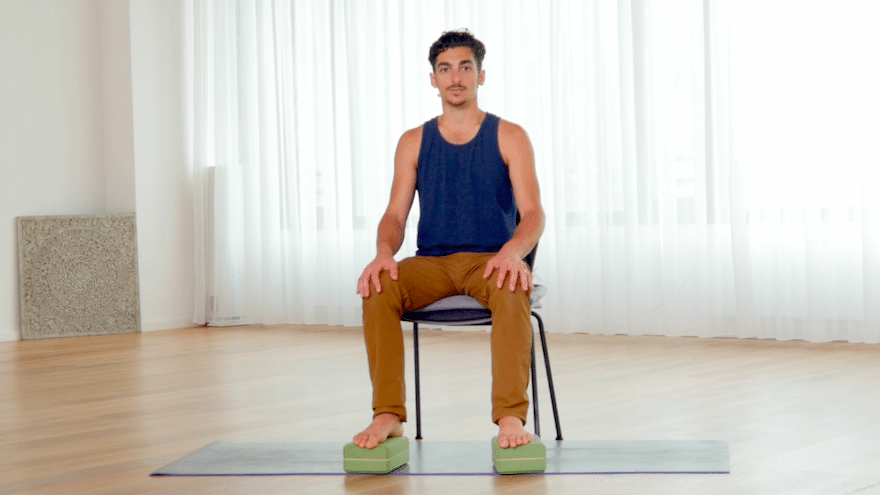
The Savasana Pose
Flat on your back, arms by your side, eyes closed. It might look like you’re just resting, but the relaxation runs deep.
- Releases stress and tension
- Brings full-body calm
- A peaceful way to end a session
Savasana is perfect if you’re tired, stressed, or just not in the mood to sit upright. It reminds you that mindfulness can happen lying down too.
Experiment with these meditation poses for beginners and notice which one feels most natural. The “best” pose is always the one that helps you breathe with ease and stay present, so you’ll actually want to come back and do it again.
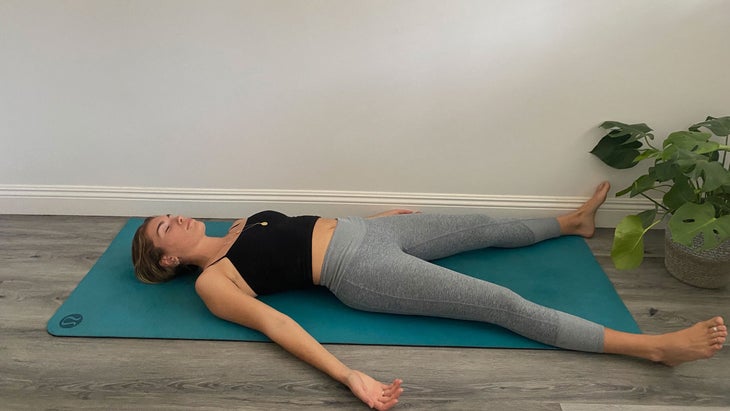
Common Mistakes to Avoid
So you’ve landed on a few poses that work for you, and have perhaps even started to feel a little “Zen.” That’s all good — but before you get too excited, it’s worth noticing a few pitfalls a lot of beginners fall into. You’ll still get good — these will prevent bad habits and make your practice smoother, so you come back to it.
Posture Problems
It doesn’t take much — a slouch here, a tilted head there — and you’ve got your body working against you. Posture is the foundation of meditation, and little mistakes can compound.
- Crouching forward presses on the back and saps power.
- Go too far and you may have a sore neck.
- For seated cross-legged shapes, jamming the feet anywhere else will often mean knee pain later.
When you’re learning about meditation poses for beginners, posture is what either makes or breaks the practice. A small adjustment can change discomfort into ease.
Pushing Too Hard
It’s tempting to overdo it in the beginning: sit longer, reach deeper, nail the lotus post-haste. However, forcing the body only creates more tension.
- Muscles tighten instead of relaxing.
- Attention falls not on breath, but on suffering.
- Discomfort mounts, and some people quit outright.
Better to ease in. If a position doesn’t feel comfortable, ease out of it. Meditation is about awareness, not hanging on.
Inconsistency
The truth? The most difficult part is not posture or, for that matter, breathing. It’s showing up. It’s normal to skip a day here and there, but weeks-long breaks block progress.
- Practice becomes harder to restart.
- The effects — clarity, calm, focus — wear off.
- Habits never have time to set in.
How to fix it? Keep it small. Ten minutes a day is plenty. Choose a time that feels realistic and stick with it. If you need accountability, share your plan with a friend. The idea is to make meditation — and those easy meditation poses for beginners — a regular part of life rather than a special thing you do sometimes.
Not making these mistakes won’t make your practice perfect, but it will certainly help. And easier usually means you’ll want to return tomorrow — which is the whole idea.
Conclusion
If you’ve made it this far, you’ve done the real work: you showed up. We wandered through meditation poses for beginners, the easy wins, the traps to skip, even a simple way to sit for TM without fighting your knees. Not bad for one read.
Quick Recap (no fluff)
- The pose matters. Comfortable and steady beats fancy every time.
- Skip the usual mistakes. Slouching, forcing, disappearing for weeks — that stuff derails practice fast.
- Flexibility is a process. Props help. Cushions help. Tomorrow helps more than heroics today.
The poses are just the doorway. What happens after you sit — the breath, the noticing, the gentle return — that’s the practice.
What’s next
- Keep it small and steady. Ten minutes most days. Same time if you can.
- Tinker. Try a chair, Seiza, or a supported easy seat. Swap when something nags.
- Get a little help. A friend, a group, a short video — anything that makes it easier to come back.
And that’s it. No grand send-off needed. Pick one of the meditation poses for beginners that felt kind to your body, set a simple timer, sit down today. Then do it again tomorrow. Presence grows the way most good things do — quietly, one small session at a time.

